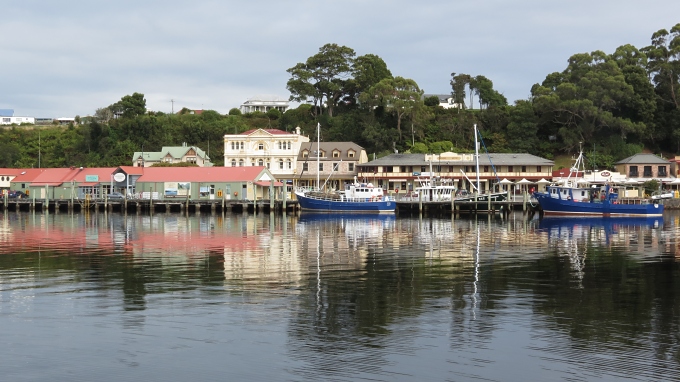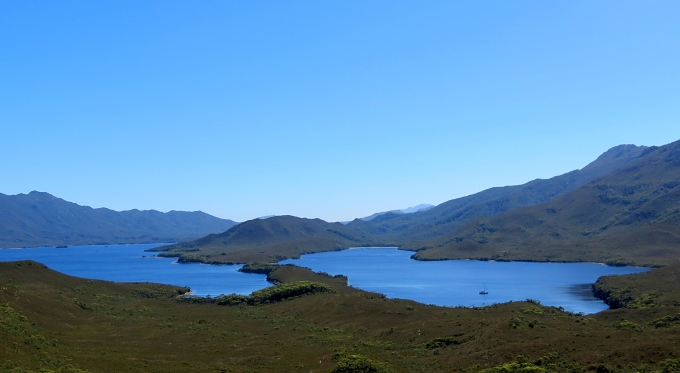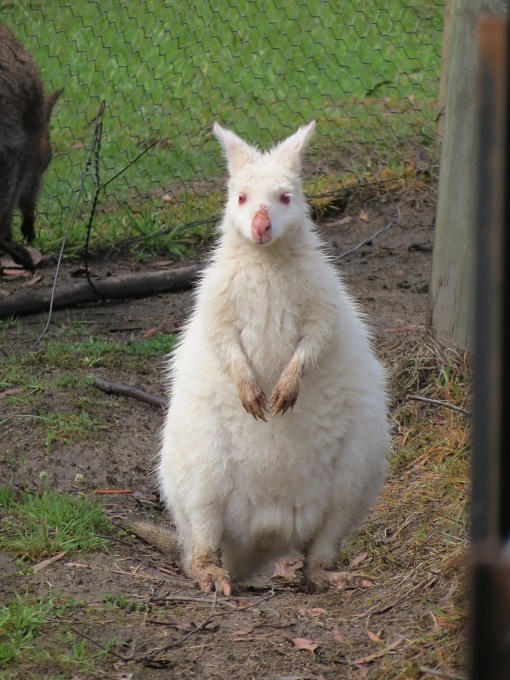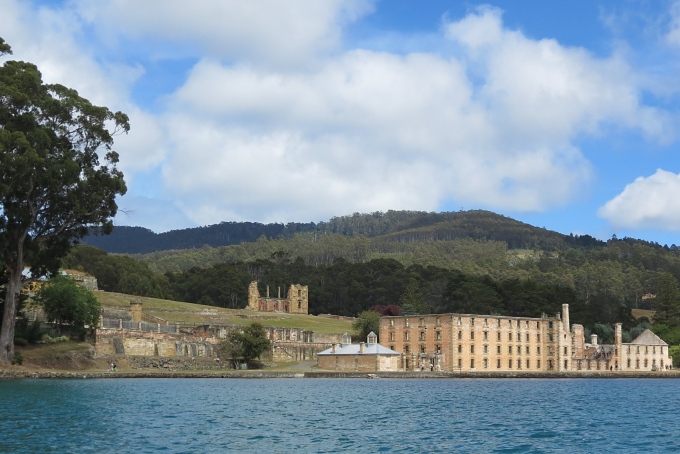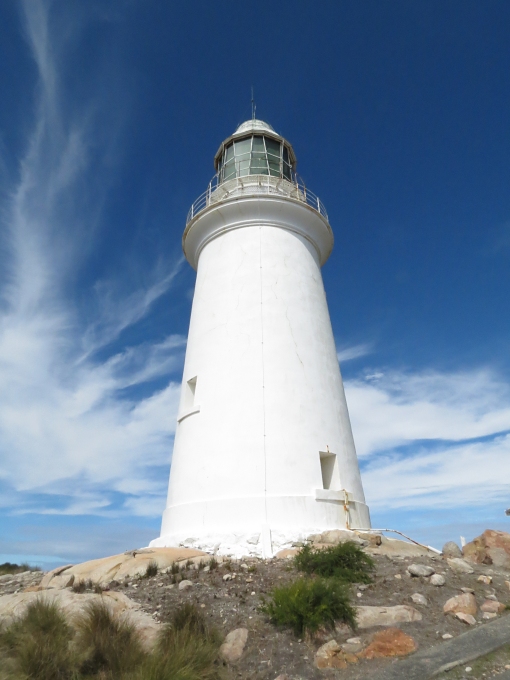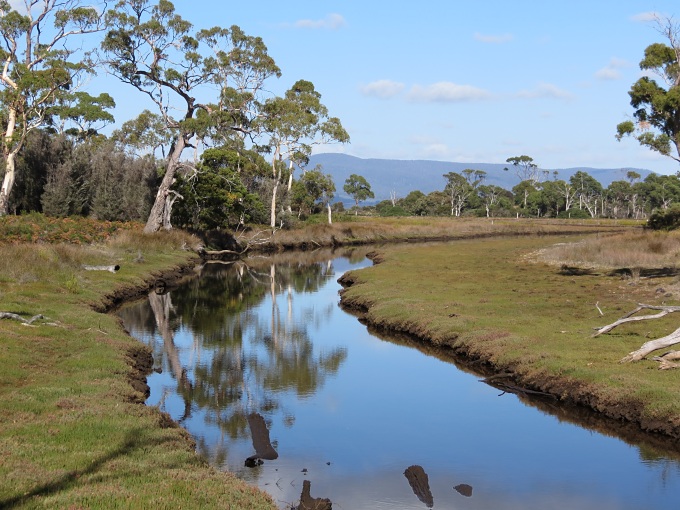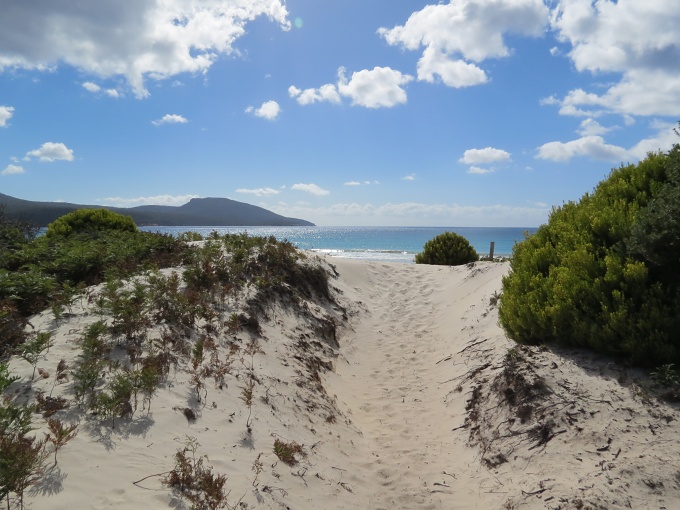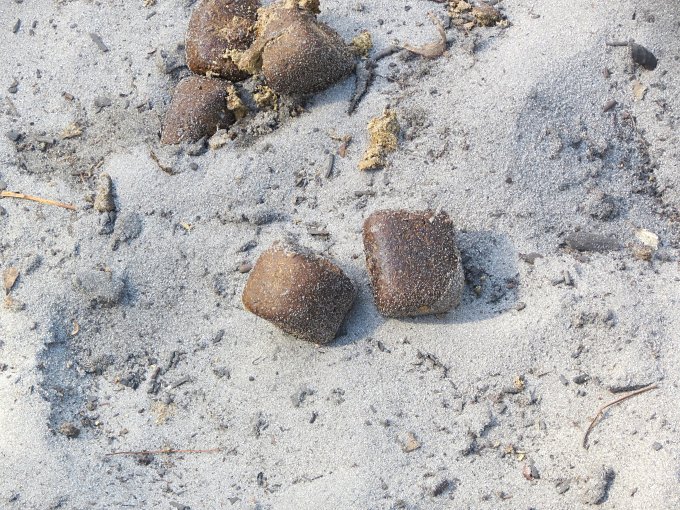Top Things to See and Do in Tasmania - A Circumnavigation
/As we sailed into the south end of the Murray Channel and into Deal Island's East Cove, we completed our circumnavigation of Tasmania. It took a year, almost to the day, but hey, we're slow sailors. It gave us cause to sit back one evening, while sipping our congratulatory cups of Tasmanian wine, and reflect on the highlights of our time in and around this very special island. We readily admit we missed a lot...like most of the interior (no car) and all the north coast (no time). We would have loved to linger in the Furneaux Island Group and explore Flinders Island (bad weather). Though we try, we just can't do it all. These are our picks of the top things to see and do in Tasmania.
Strahan
Our first port of call along Tassie's wild west coast the entry through the infamous Hell's Gate into Macquarie Harbour. The tiny town of Strahan was picturesque and a calm respite from the west coast's churning waters. We sailed up the Gordon River, explored the convict ruins at Sarah Island and traipsed around the bush at Kelly's Basin. It was spectacular. You can reach Strahan by car and take tours of the harbor and the river.
Port Davey
Approaching Breaksea Island, knowing we needed to skirt behind it to find the calm waters of the Bathurst Channel took a leap of faith. Rollers crashed and the craggy shore looked uninviting and ominous. But the chart and hundreds of mariners before us assured us there was peace behind those ragged spires...and there was. We hiked to tops of hills and mountains for glorious views and took the dinghy up the Melaleuca River to areas originally inhabited by Aborigines and rarely seen or visited by modern man. Part of Southwest Wilderness National Park, this area is only accessible by boat, on foot or by small plane. It's unbelievably and wonderfully remote.
Bruny Island
A world unto itself, the island offers history, spectacular vistas, beaches and diverse flora and fauna including rare, endangered birds and white wallabies. Reach the island via a tour, your own boat or the car/passenger ferry at Kettering.
Cygnet
This was our favorite little port on the east coast. It's friendly, tiny and a bit Bohemian with a cafe and boutique-lined main street. Drive there or sail there. It's worth the trip.
Hobart Town
An historic, must-see seaport with so much to do and explore. See our Top Things to See and Do in Hobart for specifics.
Port Arthur
Re-live history here while meandering through the remains of this substantial, well-preserved convict site. Take a tour, drive there or sail there.
Maria Island
Another of Tasmania's national parks and historic convict sites. View remnants of the convict colony and the past settlement at Darlington or hike for miles enjoying the natural beauty of the Painted Cliffs, sharing the experience with kangaroos, wombats, wallabies and hundreds of birds. Access via passenger ferry from Triabunna or your own boat, of course.
Deal Island
Magic in the middle of the Bass Strait. Climb the steep hill to the small complex of historic lightkeeper's buildings, visit the tiny museum, hike the path to the lighthouse and climb its spiral stairs to the top viewing platform for unsurpassed views of the Strait. Cape Barren geese, wallabies, butterflies and birds galore keep you company. Part of the Kent Group National Park and accessible only by boat.
People
Get to know the locals. They're warm, friendly and knowledgeable. Thanks to Ian & Wendy, Craig, Marcia & John, Tony & Mary Anne, Reg, Anne & Phil, Gerry, Jack & Jude, Jim & Anne, Bob the octogenarian kayaker, Jackie, Mary & David and Tom, Maree & Floyd. If we've missed some of the many people who showed us kindness and friendship, we humbly apologize. As always, it is the people who enhance our lives and give us a better appreciation of the places we visit.
| Days and Ways to Celebrate |
| A daily list of mostly obscure holidays and fun ways to celebrate them. |
| National Lox and Bagel Day |
| Bagels are not as easy to come by in Australia as they are in the US. We can find them, but it's not like Einsteins or Brueggers or a good deli in New York City. Revel in bagelry today. Schmear on the cream cheese. My mouth is watering! |
| National Read in the Bathtub Day |
| Hmmm...IF I had a bathtub, I'd consider this. |


